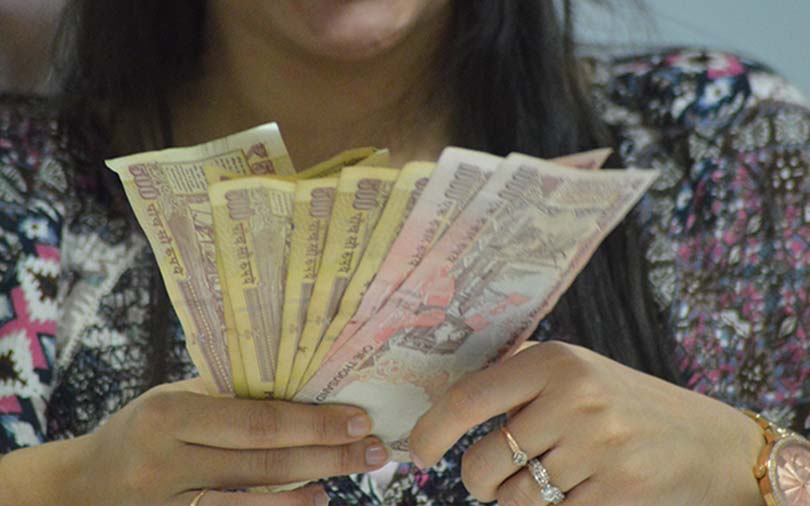
Two years after demonetisation: How digital transactions fared since note ban


Two years after the government rendered high-value currency notes illegal, demonetisation has boosted digital transactions and financial inclusion even as ATM use remains almost the same as before note ban.
Note ban lifted digital transactions made on UPI, which increased 15 times to 450 million for September 2018, from 30 million a year earlier. UPI is state-backed payments system, Unified Payments Interface launched in 2016.
The total volume of real time gross settlement (RTGS) and national electronic funds transfer (NEFT) transactions for September 2018 stood at 191.41 million, an increase of 14% from a year earlier, and 49% from the corresponding period of 2016, according to data shared by National Payments Corp of India (NPCI). Mobile banking grew 6.6 times from 72.63 million transactions for September 2016 to 477.57 million transactions for the corresponding period of 2018. The same rose 4.2 times from 113.89 million transactions for September 2017.

While demonetisation has worked for the credit side and inclusion of people in the banking system, the debit side continues to be predominantly cash-driven. “If you look at sectors such as micro-finance and Direct Benefit Transfers, the disbursement is happening digitally. But pre-demonetisation and now, ATM (automated teller machine) transactions remain similar,” said Manish Jain, partner at KPMG, one of the world's Big Four accounting firms. Debit card at ATMs was used 798.65 million times for September 2018, a growth of only seven per cent over 742.13 million for pre-demonetisation September 2016, according to data by the central bank?.
Jain added that the volumes will continue to grow for UPI, with the development of features like chat-based interface, part of the UPI 2.0 released by NPCI in August.
UPI will drive more electronic transactions than cards and wallets combined, according to a report by Boston Consulting Group.

Jain said, “The next frontier of growth in mobile banking will come when banks implement user interface in 14 Indic languages as proposed by the government. Also, it will pick up if the transactions are credit-led.”
Mobile wallet transactions grew from 75.30 million for September 2016 to 324.16 million for September 2018.
In October, the central bank laid out guidelines that would allow for seamless payments between mobile wallets.

